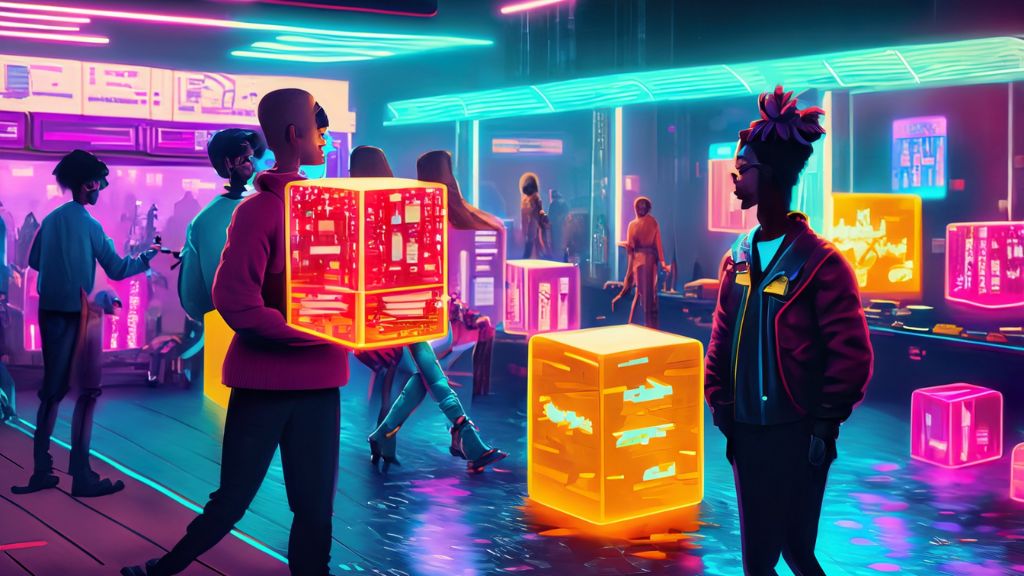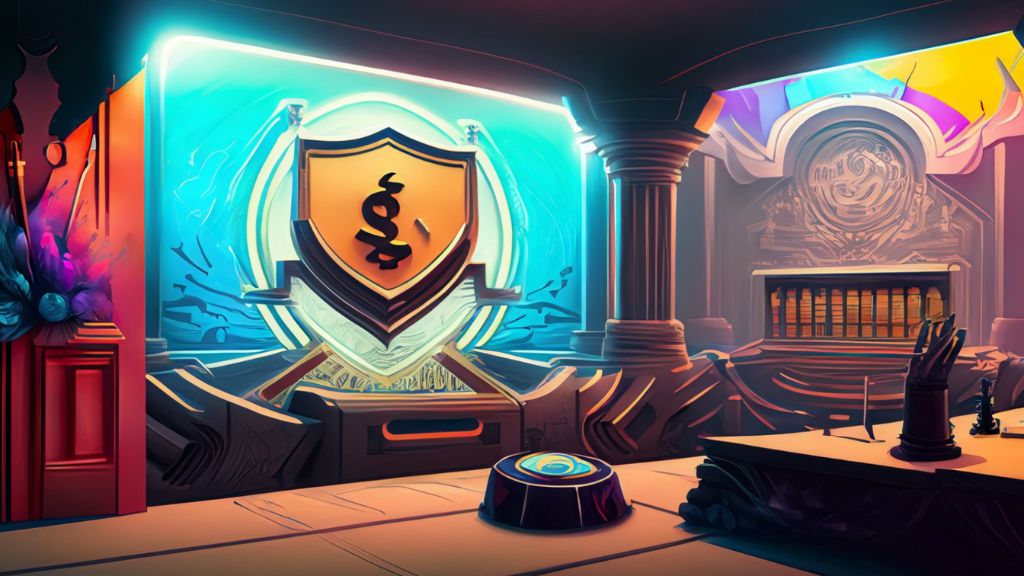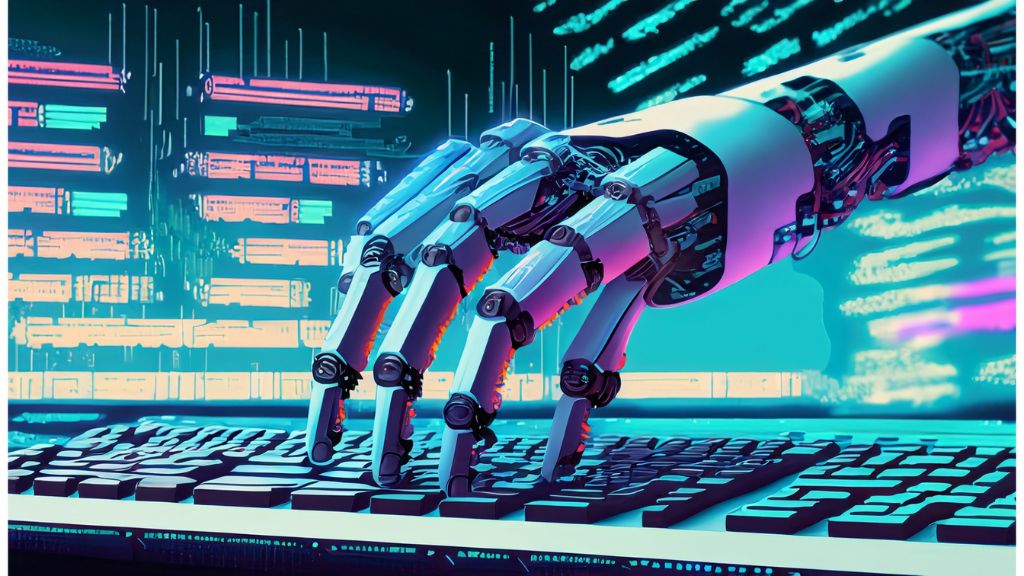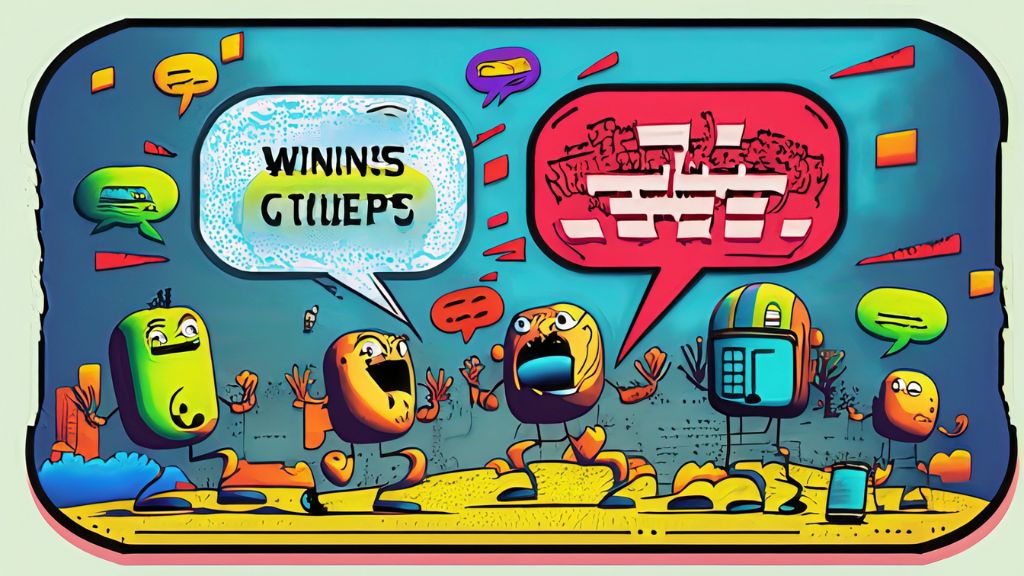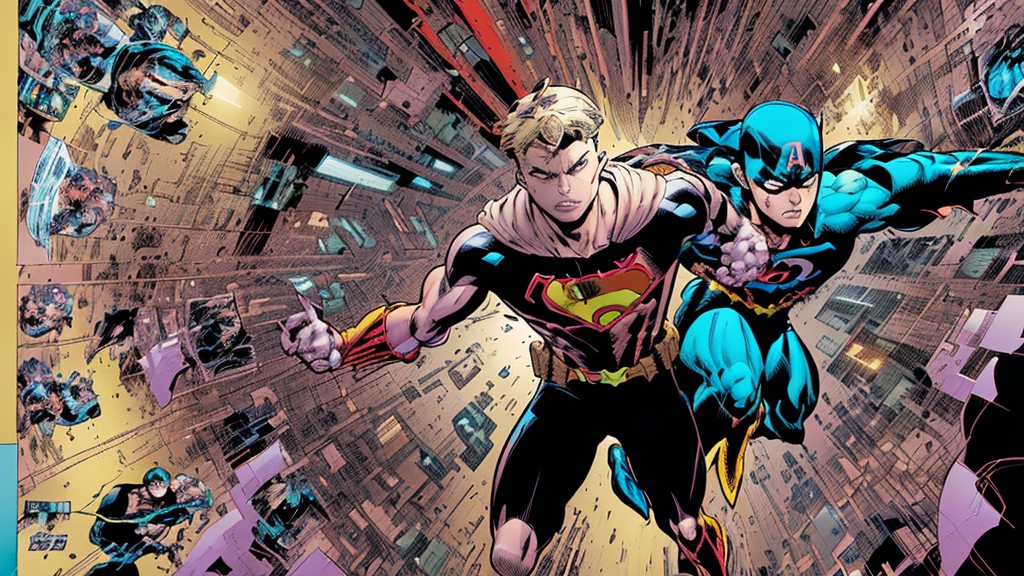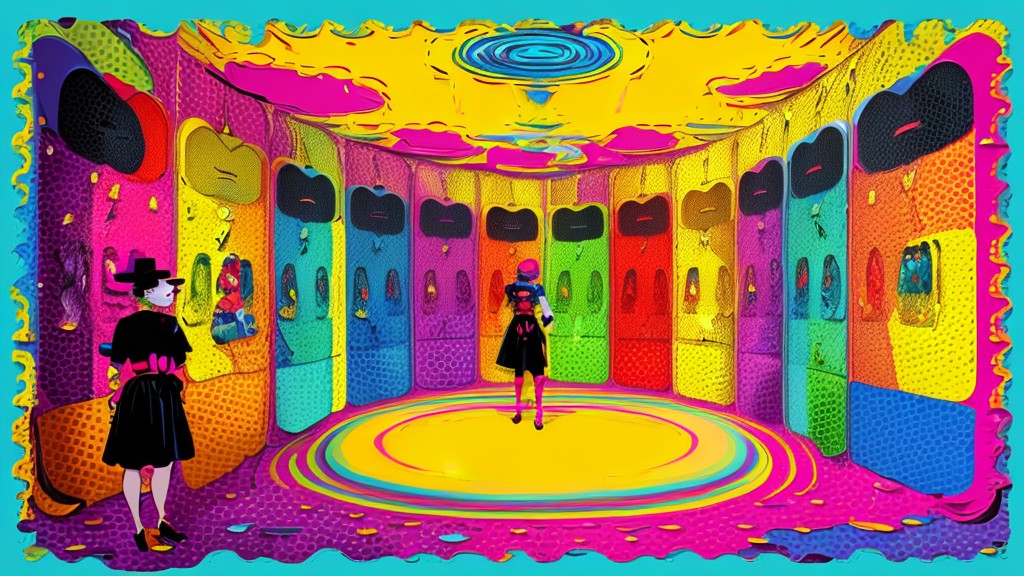
Google’s Virtual Try-On Tech: Redefining Online Shopping with AI

Google’s Virtual Try-On Tech: Redefining Online Shopping with AI
Google has just revolutionized online shopping with the announcement of their innovative Virtual Try-On technology. This cutting-edge development allows you to virtually ‘try on’ clothes, bringing together the convenience of online shopping with the personal touch of a fitting room.
The technology is surprisingly simple to use. All you need is a picture of the garment you’re interested in, and a photo of yourself. With these, the Virtual Try-On tech creates a digital fitting room, letting you see how the clothes would look on you.
This game-changing tool is set to reshape the e-commerce landscape dramatically. In the future, every clothing e-commerce site could be expected to integrate this feature. Already, popular retailers such as Anthropologie, Everlane, H&M, and LOFT have incorporated the Virtual Try-On technology, enhancing their customers’ shopping experiences.
The standout feature of this technology is its inclusivity. By showcasing clothes on a variety of skin and body types, Google’s Virtual Try-On technology ensures everyone feels represented. This level of inclusivity brings a positive change to the fashion industry, allowing for a more realistic and personalized online shopping experience.
As we look to the future, online clothes shopping promises to become an even more personal and realistic experience. This development is all thanks to the power of AI, as technology like Google’s Virtual Try-On continues to break down barriers and create more inclusive and engaging experiences for all.

